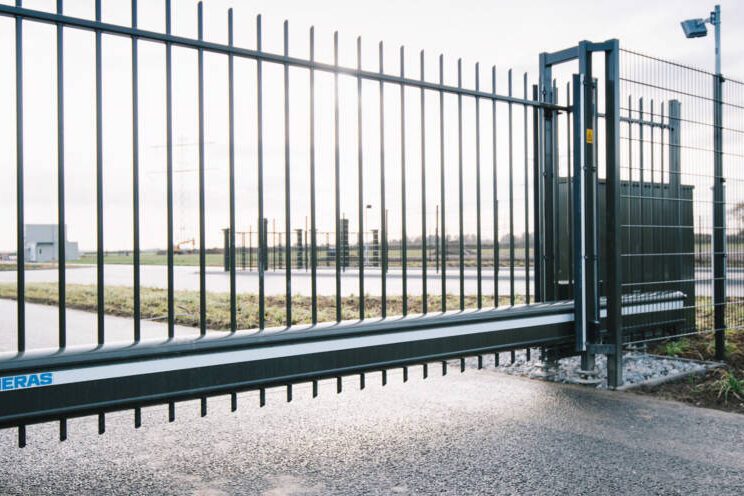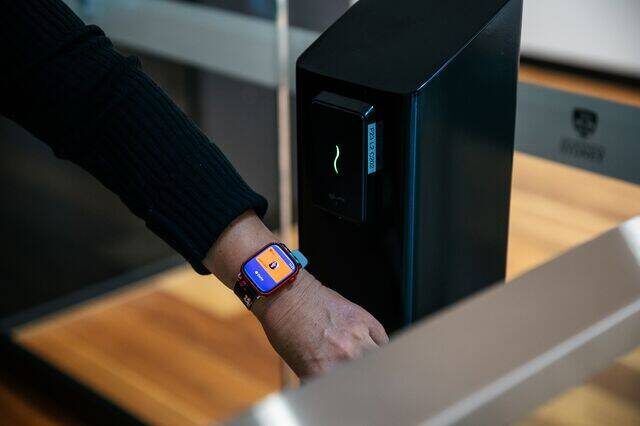
In the event of a major natural catastrophe or terrorist attack, the UK economy would suffer severe economic damage – bordering on total collapse – in less than a week.
The vulnerability to high-impact, low-probability (HILP) events is due to the interconnectivity of economic activity and our just-in-time supply chains.
Chatham House, which released the report, says that businesses and governments need to adjust their planning to take account of events like the Japanese tsunami, the Icelandic volcano Eyjafjallajökull and catastrophic terrorist attacks.
Six members of the IRA were jailed at the Old Bailey in July 1997 for a conspiracy that would have caused London to grind to a halt. The group were at the advanced stages of a plan to blow up six electricity sub-stations around London which would be blacked out the capital for months. Unknown to them, they were under surveillance by the police who arrested them in 1996.
However, plots such as these underscore how vulnerable the national infrastructure is and the consequences of a HILP event.
The report says:
- Governments and businesses are under-prepared to respond to high-impact, low-probability events (HILP) with worst-case scenarios rarely factored into contingency planning.
- The current fragility of the global economy leaves it particularly vulnerable to unforeseen shocks. As much as 30% of GDP for developed countries can be directly threatened by crisis, especially in key sectors such as manufacturing and tourism, which are vital for many countries’ economic recovery and growth.
- A one week disruption is the maximum tolerance of our ‘just-in-time’ global economy. Beyond this threshold, costs start to escalate rapidly as production stalls and businesses start to fail. Yet for business, deviating from the ‘just-in-time’ model means potentially offsetting short-term profitability.
Bernice Lee, a report author, says:
“The frequency of HILP events in the last decade such as Hurricane Katrina, the Deepwater Horizon oil disaster and the nuclear crisis and tsunami in Japan signals the emergence of a new ‘normal’ – the beginning of a crisis trend. Industries – especially high-value manufacturing – may need to re-consider their just-in-time business model in an interdependent world.
“Contingency and business planning often assumes the return of status quo ante post-crisis. But this approach will be inadequate in a world of complex economic and social risks, when there is no return to business-as-usual practices. Slow-motion crises like climate change and water scarcity will also bring additional risks and vulnerabilities, and experts agree this trend is only set to continue.”
Chatham House interviewed key business leaders and experts while also undertaking an in depth case study of the Iceland volcano in 2010, drawing out critical lessons in order to better prepare and respond to other crisis events.
Links
Preparing for High-impact, Low-probability Events: Lessons from Eyjafjallajökull









